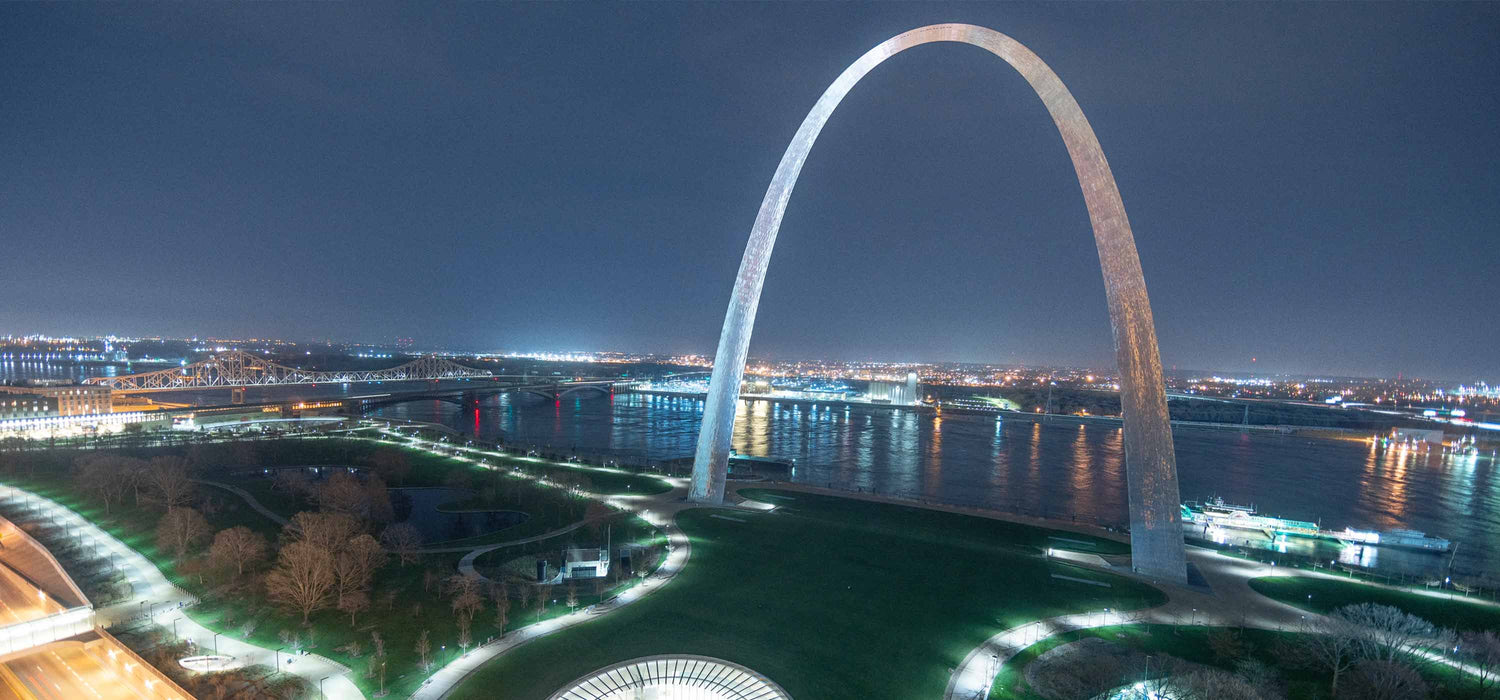Before you do anything else scroll down and watch this video by Drew on creating great time-lapses…. I’ll wait!
Welcome back! I don’t know about you but after watching those short time-lapses all I want to do is grab my gear, hop on a plane, scout some locations, and start “time-lapsing”! (not sure if that’s an adjective, but it is now!)
What Is Time-Lapse Photography?
A time-lapse is a collection of still photographs that are combined together in post-production to create a video. Compared to video, time-lapse photography is not live action, it’s capturing moments over a period of time to create something that is surreal and unique.
If you’re a photographer or filmmaker, at some point you’ve found yourself piecing together thousands of stills to create motion videos. There’s something so mesmerizing about these films that piece together moments of time that create surreal animations of the everyday. However, producing great time-lapses takes lots of planning, practice and a bullet proof workflow.
And photographers like me, well, we’ve watched a few YouTube videos, packed up gear, and spent hours shooting only become frustrated by the results. You’re not alone, it’s ok, I’ve been there too! As a matter of fact, the frustration of wasting hours shooting time-lapses is what began the conversations of how to get better here at PRO EDU.
Do you want to learn how to shoot and deliver amazing time lapse photography? Start with these 3 tips from expert photographer, Drew Geraci, the creator of Netflix’s House of Cards opening time-lapse sequence.
3 Tips to Ensure Great Results in Your Next Time-Lapse
Time Lapse Tip #1: Shoot at F/2.8 or Faster
Many people think that shooting at f/8 or higher will be the way to go, but that’s simply not the case. Shoot wide open because it’s going to eliminate any sensor dust you might have on your sensor.
Time Lapse Tip #2: Always Have 3 Elements of Motion
Having 3 or more elements really makes your images more dynamic and more interesting to watch. This can include everything from people, clouds, cars and shadows in your frame. By doing so it will make your time lapse films much more eye catching.
Time Lapse Tip #3: Turn Off Image Stabilization
Do this whether it’s in the lens or internally. When image stabilization is on the camera actually begins to roll which creates vibration. Turning this off will reduce vibration and unnecessary motion to your scene.
These tips serve as a great reminder to those veterans out there and for those just starting out. One of the things I love most about time-lapse photography is that you can approach it with simplicity or you can go hog wild! I love all the wonderful specialized tools dedicated to this craft and Drew digs into all those nuances to help you transform your next time-lapse to the next level! The tutorial covers everything from shooting in 4K/8K, time-lapse compositing, Exposure Ramping, Intervalometers, Day to Night Transitions, Camera movement, and Assembly and Processing of your images.
About Drew Geraci:
Drew is the owner of District 7 Media. He specializes in motion time-lapse photography, video production, and aerial videography. He is best known for his creation of the opening sequence to Netflix’s House of Cards. His illustrious list of clients and credits includes: Apple, Discovery Channel, Red Bull Media, NFL Films, X Games, Corona Extra “Luna Corona” promos, PBS’s Frontline, and HBO Documentaries.
Drew’s newest online tutorial “Time-Lapse Photography: Capture & Post Production” will be available to stream on PRO EDU on June 17 and for Download on June 24.












